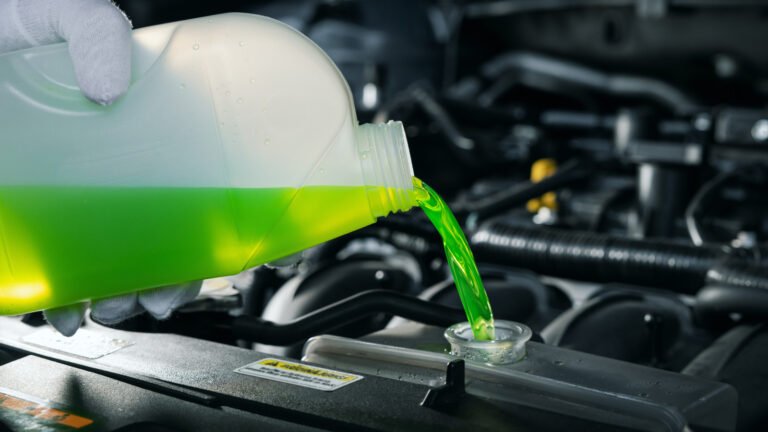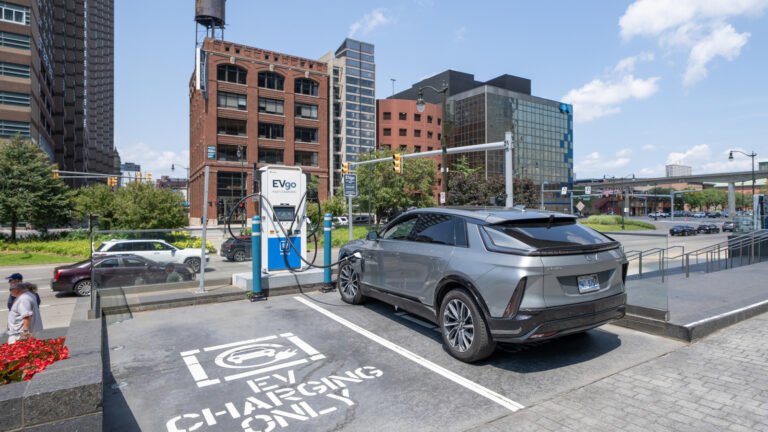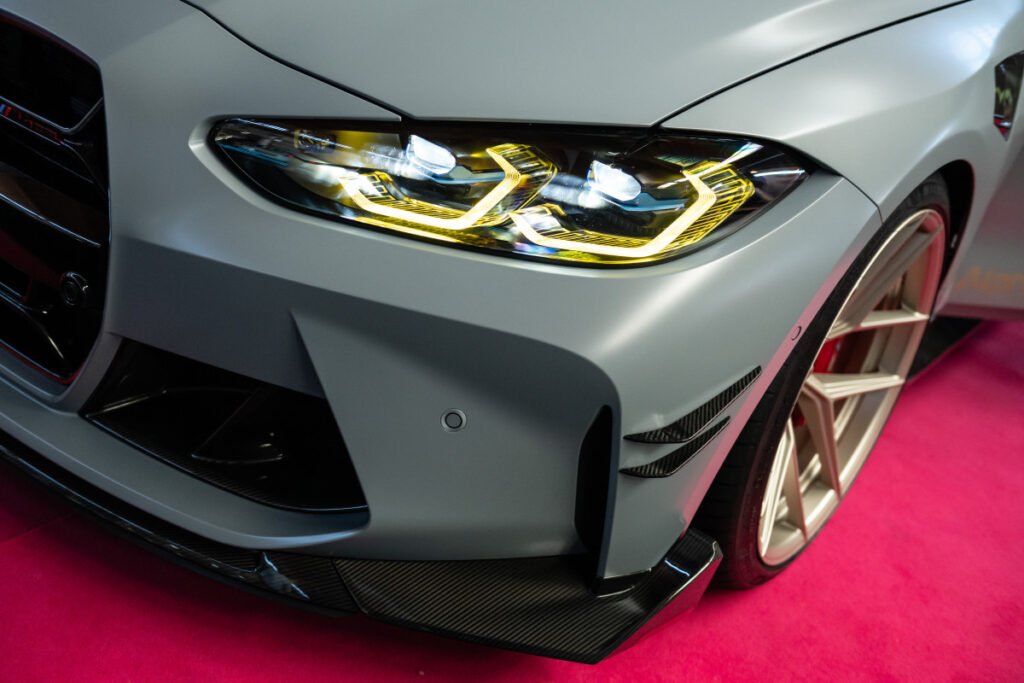
Other people’s headlights can have us squinting behind the wheel
If you drive often at night, a situation like this has probably happened to you. You’re driving along on a road that is either dimly or barely lit by streetlights, and a set of headlights from a car in the opposite lane emerges from the distance, only to get progressively brighter, much brighter, and even brighter when approaching your vehicle.
If you’re well-prepared for a situation like this, you might squint to shield your eyes. The alternative is facing a beam of light so intense that the shape in front of the car’s headlights is imprinted on your corneas like an image burned onto the screen of an old arcade machine.
With the advent of advanced LED headlights, the issue of glare has become a much more prominent complaint among drivers who feel “blinded” by oncoming cars when they pass by. However, a new report from the Insurance Institute for Highway Safety (IIHS) suggests that glare isn’t as much of a problem as everyday drivers think.
Getty Images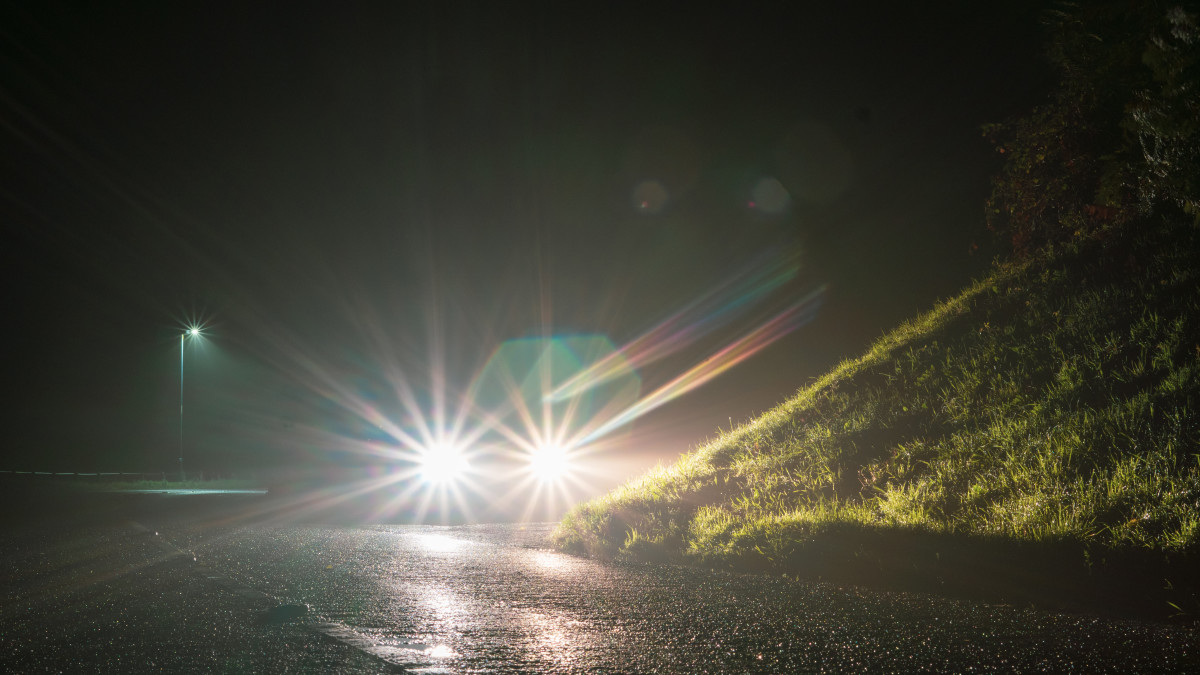
IIHS: A small percentage of crashes can be attributed to headlight glare
According to the IIHS, headlight glare is implicated in only a tiny fraction of nighttime crashes, and that percentage has remained virtually unchanged over the past decade. According to their research, headlight glare was cited as a factor in only one or two out of every thousand nighttime crashes across 11 U.S. states between 2015 and 2023.
At the same time, the Institute mentioned that while headlight power and the amount of light given by headlights increased over this period and helped slash the amount of crashes caused by poor visibility, they found that there was essentially no change in how often glare was mentioned as a factor in crash reports.
“Although it can certainly be uncomfortable, headlight glare contributes to far fewer crashes than insufficient visibility,” IIHS President David Harkey said. “But that doesn’t mean reducing glare isn’t an important goal — one that we’ve long focused on at IIHS in addition to improving illumination.”
Getty Images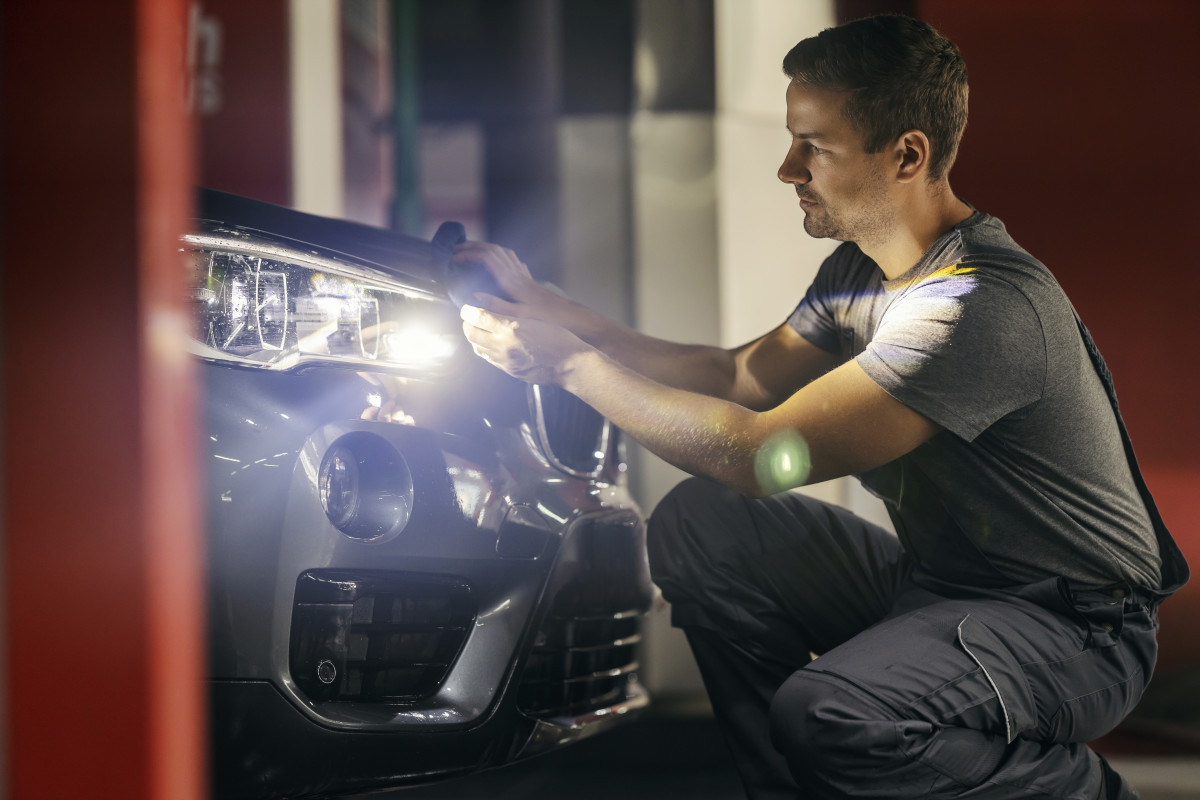
IIHS researchers led by Principal Research Engineer Matthew Brumbelow examined crash data from 11 states where police can report glare in their reports. Since just two of those states actually distinguish between glare from the sun and glare from oncoming headlights, Brumbelow zeroed in on crashes that happened at night due to glare.
According to their study, fewer than 150,000 of about 24 million total crashes had glare coded as a contributing factor, and a far smaller fraction accounted for glare and occurred at night —about 1 or 2 out of a thousand crashes per year in all 11 states. They also found that the rate was relatively constant over the study period and certainly did not show any increase while IIHS headlight ratings improved. In fact, they found that the glare rate was highest in 2015 and lowest in 2020.
However, they identified several distinct traits associated with crashes caused by glare. More often than not, they were single-vehicle crashes that happened more frequently when it was either raining or when the road surface was wet and tended to happen on local, undivided, two-lane roads with low speed limits. In addition, drivers in these kinds of crashes tended to be older and were more likely to be driving older cars.
“Drivers older than 70 seem to be most affected by headlight glare, while those between 55 and 60 don’t appear to have an increased crash risk,” said IIHS Principal Research Engineer Matthew Brumbelow. “It’s also possible that the better visibility that newer vehicles provide for their own drivers provides some defense against glare from oncoming headlights.”
Getty Images
IIHS recommends some cutting-edge tech to reduce such incidents
Despite the data shown, Brumbelow found that the amount of glare emitted by new car headlights has decreased over the years. According to IIHS data, 21% of the headlights on 2017 models produced “excessive” glare, while the number on 2025 models that the IIHS tested dropped to 3%.
The IIHS is also recommending that automakers continue mitigating these kinds of crashes with new technologies. They recommend automakers install lane departure warning and prevention features, which they say can “cut the already small number of glare-related crashes by more than half.”
In addition, the IIHS recommends that automakers install high-beam assist, which automatically switches from high beams to low beams when it detects vehicles ahead, as well as adaptive driving beam headlights —a feature present in many European-market luxury cars but only approved by the NHTSA in 2022.
Final thoughts
Currently, Rivian is one of the only manufacturers in the U.S. market that actually features a working form of adaptive driving beam headlights. In August 2024, Rivian enabled its matrix headlights with a software update for 2025 model year Rivian Gen 2 vehicles equipped with matrix headlights.
The U.S. is relatively behind other regions in terms of this technology, as Canada has allowed adaptive headlights since 2018. Other manufacturers, including Audi, have been using matrix headlights in such markets, and we hope that this technology will trickle down into more consumer brands.
